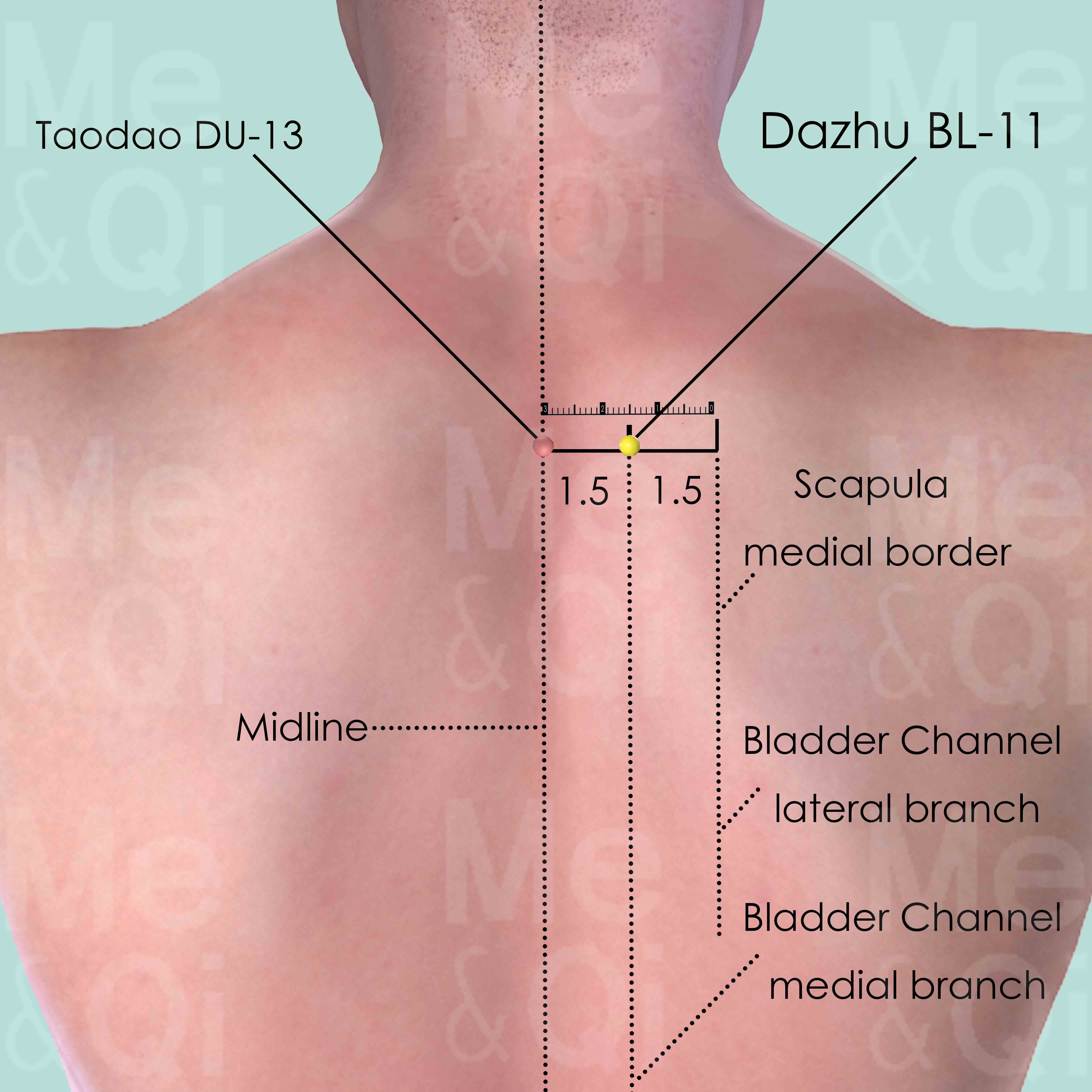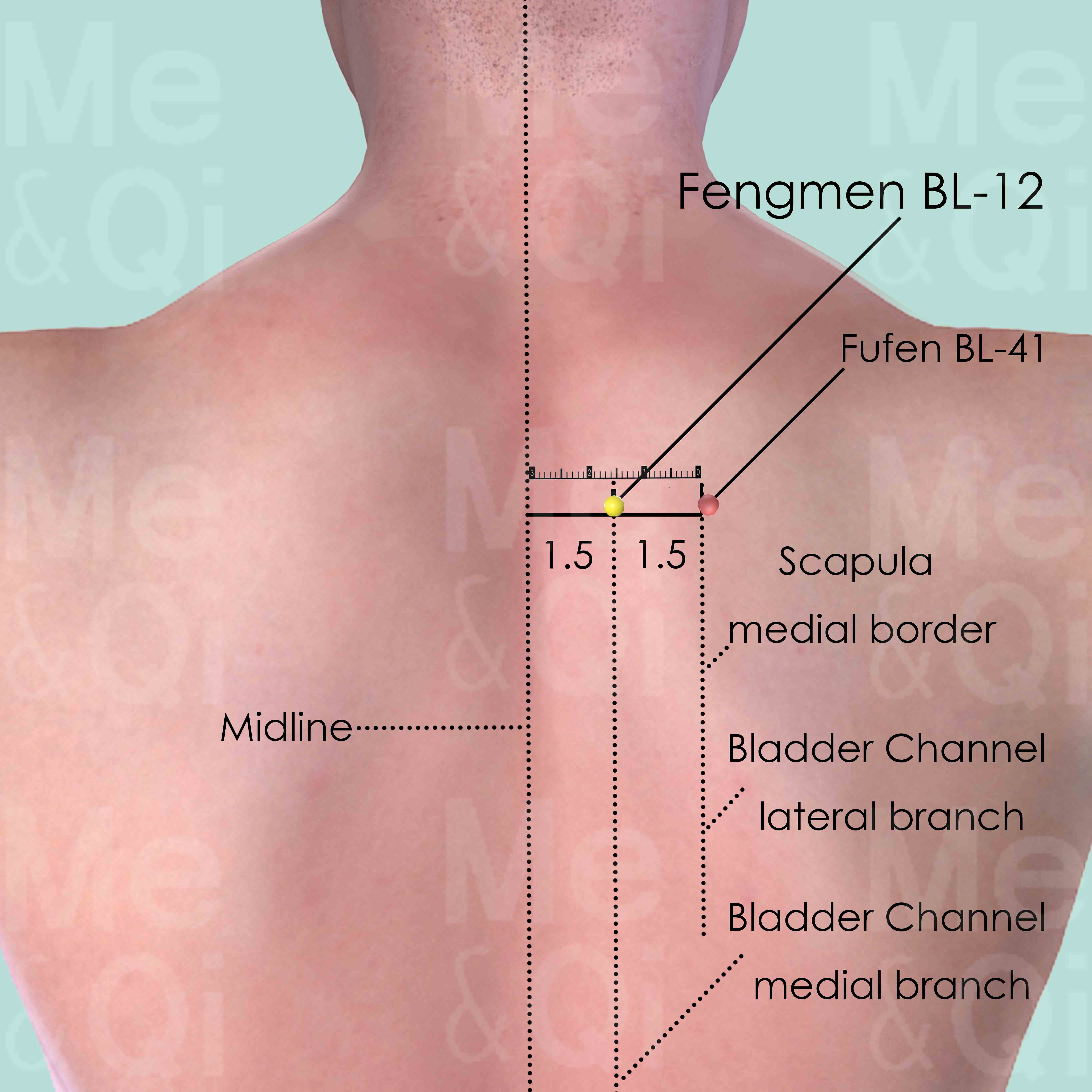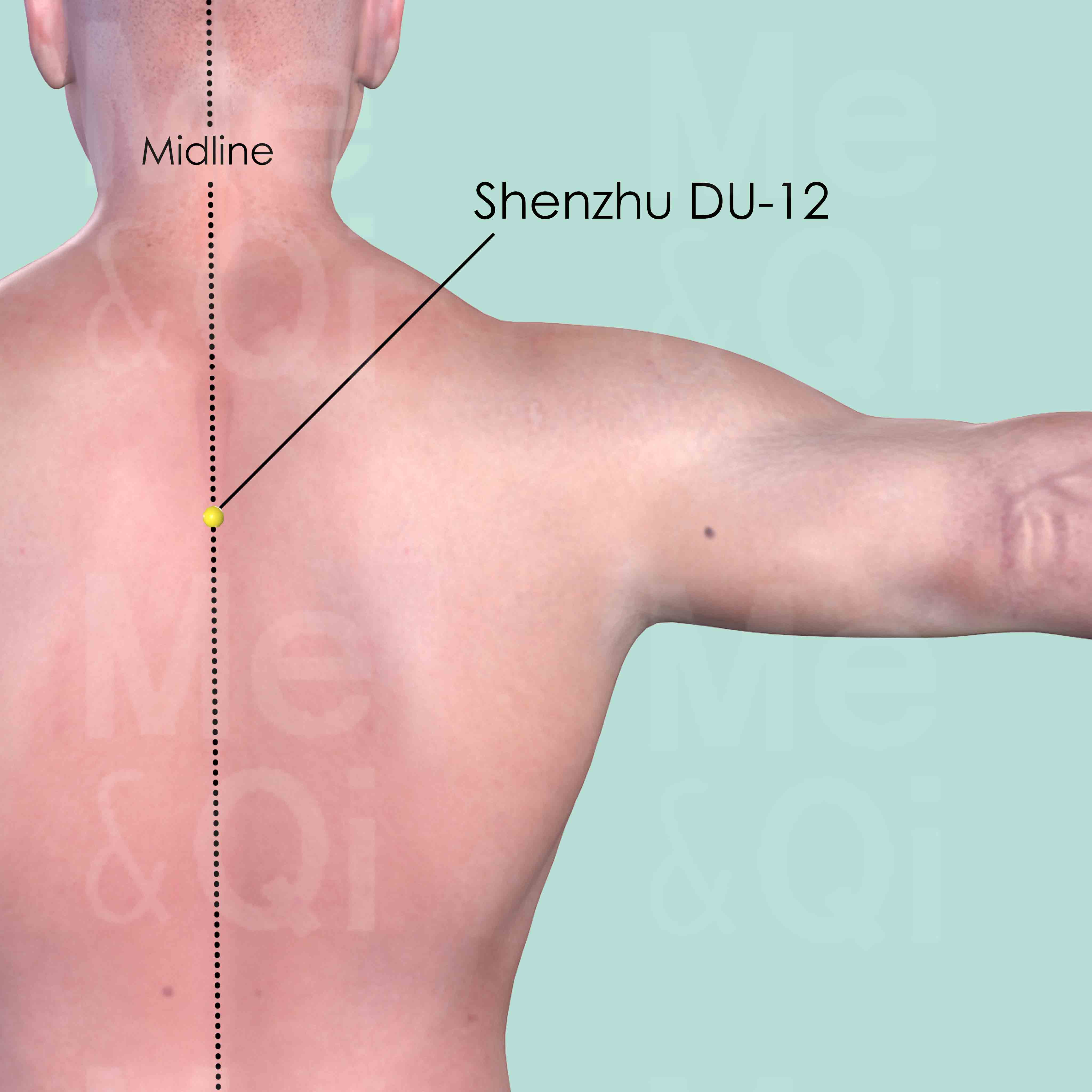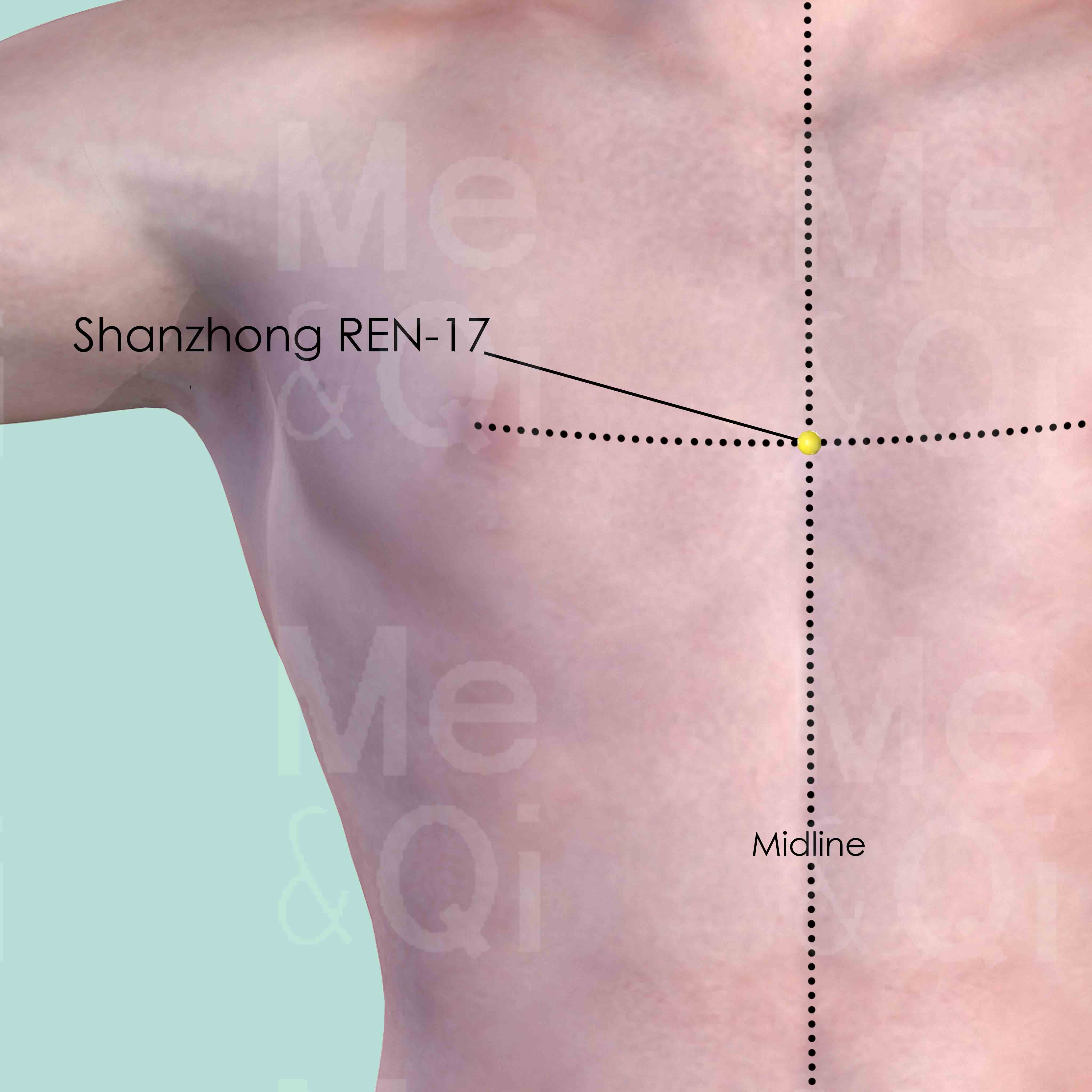Frequent Colds Or Fluaccording to TCM
Symptom families: Viral Infections, Upper Respiratory Tract Infections
What is Frequent Colds or Flu?
Frequent colds or flu, a common health concern, typically manifest as recurrent infections of the respiratory tract. While a single episode of a cold or flu is not unusual, frequent occurrences can indicate underlying health issues.
This condition encompasses a range of symptoms, including a propensity to catch colds, increased susceptibility to respiratory infections, and recurring bouts of cold or flu-like symptoms. These repeated episodes can be draining and affect one's overall health and well-being.
How Does TCM View Frequent Colds or Flu?
Traditional Chinese Medicine (TCM) approaches frequent colds or flu from a holistic perspective, viewing them as a reflection of imbalances within the body's systems. TCM posits that these recurring illnesses stem from an underlying disharmony, often related to deficiencies in vital energy, or Qi.
The focus is on identifying and treating the specific pattern of disharmony causing the symptoms, whether it be a deficiency in Qi, an imbalance of Yin and Yang, or an invasion of external pathogenic factors.
Root Causes of Frequent Colds Or Flu in TCM
TCM identifies several patterns that can lead to frequent colds or flu. A common cause is Lung Qi Deficiency, marked by a weakened immune response, easy fatigue, and increased susceptibility to respiratory infections.
Another pattern often seen is Lung and Heart Qi Deficiency, where symptoms such as shortness of breath, fatigue, and a pale complexion are prominent, indicating a deeper level of energy depletion. Addressing these root causes is crucial in TCM to prevent recurrent infections and restore the body's natural balance.
Explore below more details about what might cause Frequent colds or flu according to TCM.
- By Syndrome
- By Organ
- Qi Deficiency
- Yang Deficiency
- Lung
- Heart
- Spleen
Qi Deficiency
Qi Deficiency in TCM is like running low on battery power. Qi is the vital energy that powers every function in your body. When there's a Qi Deficiency, it means your body doesn't have enough of this essential energy. This can make you feel tired all the time, weak, or even cause shortness of breath. It's similar to how you feel when you haven't had enough sleep or nutritious food. Your body just doesn't have the energy it needs to perform at its best. Unlike modern medicine, which often focuses on specific physical causes for fatigue and weakness, TCM views Qi Deficiency as an overall energy depletion that affects your entire well-being, and it seeks to replenish and balance this vital energy.... see more
Qi Deficiency Patterns That Can Lead to Frequent Colds Or Flu
Common Symptoms: Reluctance To Speak Shortness Of Breath Coughing Weak Voice Generalized Fatigue Pale Face Spontaneous Sweat Diurnal Hyperhidrosis
| Pattern Name | Relevant Symptoms | Relevant Formulas |
|---|---|---|
| Lung Qi Deficiency | Propensity to catch colds, Diurnal hyperhidrosis, Reluctance to speak | Si Jun Zi Tang | Jiu Xian San | Bu Fei Tang | Ren Shen Ge Jie San | Zhi Gan Cao Tang |
| Lung and Heart Qi Deficiency | Frequent Colds or Flu, Shortness of breath, Coughing, Weak voice, Reluctance to speak, Pale face, Generalized fatigue, Palpitations, Depression, Spontaneous sweat, Sighing... see more | Si Jun Zi Tang | Bao Yuan Tang |
| Qi Deficiency | Frequent colds or flu, General weakness, Weak voice, Generalized fatigue, Low energy, Reluctance to speak, Spontaneous sweat, Lack of appetite, Diarrhea, Shortness of breath... see more | Si Jun Zi Tang | Liu Jun Zi Tang |
| Spleen and Lung Qi Deficiency | Frequent Colds or Flu, Lack of appetite, Slight abdominal distension after eating, Generalized fatigue, General weakness, Pale face, Weak limbs, Diarrhea, Obesity, Shortness of breath, Coughing, Weak voice, Spontaneous sweat, Reluctance to speak, Aversion to cold... see more | Si Jun Zi Tang | Liu Jun Zi Tang |
Yang Deficiency
Yang deficiency in TCM refers to a state where the body's Yang energy, which is responsible for warmth, activity, and function, is weakened or diminished. This pattern of disharmony often arises from chronic illness, aging, or inherent constitutional weakness. Symptoms of Yang deficiency are typically associated with cold and sluggishness, such as a feeling of coldness, cold extremities, pale complexion, low energy or fatigue, and a desire for warmth. Digestive issues like poor appetite, loose stools, and water retention can also be indicative of Yang deficiency.... see more
Yang Deficiency Patterns That Can Lead to Frequent Colds Or Flu
| Pattern Name | Relevant Symptoms | Relevant Formulas |
|---|---|---|
| Lung Yang Deficiency | Frequent Colds or Flu, Coughing and wheezing with copious sputum, Cold extremities, Spontaneous sweat, Pale face, Generalized fatigue, Shortness of breath, Absence of thirst, Wheezing, Weak voice... see more | Si Jun Zi Tang | Gan Cao Gan Jiang Tang | Sheng Mai San |
Lung
In TCM the Lungs are seen as the organ responsible for controlling Qi and respiration, as well as being a key part of the body's defensive system. They are thought to maintain the balance and flow of air and moisture, and are closely linked to the skin and hair. When the Lungs are imbalanced or malfunctioning in TCM, it can lead to respiratory issues like coughing or asthma, a weakened immune system, dry skin, and emotional disturbances such as sadness or grief. These symptoms are believed to arise from disruptions in the Lungs' ability to regulate Qi and protect the body, highlighting their central role in maintaining overall health and well-being.... see more
Lung Patterns That Can Lead to Frequent Colds Or Flu
Common Symptoms: Shortness Of Breath Weak Voice Pale Face Generalized Fatigue Reluctance To Speak Coughing Spontaneous Sweat Aversion To Cold
| Pattern Name | Relevant Symptoms | Relevant Formulas |
|---|---|---|
| Lung Qi Deficiency | Propensity to catch colds, Diurnal hyperhidrosis, Reluctance to speak | Si Jun Zi Tang | Jiu Xian San | Bu Fei Tang | Ren Shen Ge Jie San | Zhi Gan Cao Tang |
| Lung and Heart Qi Deficiency | Frequent Colds or Flu, Shortness of breath, Coughing, Weak voice, Reluctance to speak, Pale face, Generalized fatigue, Palpitations, Depression, Spontaneous sweat, Sighing... see more | Si Jun Zi Tang | Bao Yuan Tang |
| Lung Yang Deficiency | Frequent Colds or Flu, Coughing and wheezing with copious sputum, Cold extremities, Spontaneous sweat, Pale face, Generalized fatigue, Shortness of breath, Absence of thirst, Wheezing, Weak voice... see more | Si Jun Zi Tang | Gan Cao Gan Jiang Tang | Sheng Mai San |
| Spleen and Lung Qi Deficiency | Frequent Colds or Flu, Lack of appetite, Slight abdominal distension after eating, Generalized fatigue, General weakness, Pale face, Weak limbs, Diarrhea, Obesity, Shortness of breath, Coughing, Weak voice, Spontaneous sweat, Reluctance to speak, Aversion to cold... see more | Si Jun Zi Tang | Liu Jun Zi Tang |
Heart
In TCM the Heart is considered the "emperor" of all organs, primarily responsible for governing Blood and housing the mind, known as "Shen." It plays a crucial role in maintaining mental-emotional equilibrium and controlling the circulation of Qi and blood throughout the body. When the Heart is imbalanced or malfunctions in TCM, it can lead to a range of issues like heart palpitations, insomnia, dream-disturbed sleep, anxiety, and a flushed complexion. Emotional disturbances such as excessive joy or lack of joy are also seen as signs of Heart disharmony. These symptoms reflect not just physical heart conditions but also the state of one's Shen, indicating the interconnectedness of physical and emotional well-being in TCM.... see more
Heart Patterns That Can Lead to Frequent Colds Or Flu
| Pattern Name | Relevant Symptoms | Relevant Formulas |
|---|---|---|
| Lung and Heart Qi Deficiency | Frequent Colds or Flu, Shortness of breath, Coughing, Weak voice, Reluctance to speak, Pale face, Generalized fatigue, Palpitations, Depression, Spontaneous sweat, Sighing... see more | Si Jun Zi Tang | Bao Yuan Tang |
Spleen
In TCM the Spleen plays a vital role in digestion and transformation, converting food into energy and nutrients, and overseeing the distribution of Qi and Blood. It's also crucial in maintaining the health of muscles and limbs and ensuring the blood remains within the vessels. When the Spleen malfunctions in TCM, it can lead to a variety of issues such as digestive disorders, fatigue, weak muscles, bloating, and a feeling of heaviness. It can also cause a pale complexion, poor appetite, and a tendency to bruise easily. Emotionally, a Spleen imbalance is often associated with excessive worry or overthinking, reflecting its role in the interplay between physical and mental health.... see more
Spleen Patterns That Can Lead to Frequent Colds Or Flu
| Pattern Name | Relevant Symptoms | Relevant Formulas |
|---|---|---|
| Spleen and Lung Qi Deficiency | Frequent Colds or Flu, Lack of appetite, Slight abdominal distension after eating, Generalized fatigue, General weakness, Pale face, Weak limbs, Diarrhea, Obesity, Shortness of breath, Coughing, Weak voice, Spontaneous sweat, Reluctance to speak, Aversion to cold... see more | Si Jun Zi Tang | Liu Jun Zi Tang |
TCM Herbal Formulas for Frequent Colds Or Flu
In treating frequent colds or flu, TCM relies on a variety of herbal formulas tailored to the individual's pattern of disharmony. For Lung Qi Deficiency, the formula Si Jun Zi Tang, which contains Ginseng, a potent Qi tonic, is often prescribed. This formula helps to bolster the body's defenses and energy levels. For those with Lung and Heart Qi Deficiency, the same formula may be used to strengthen the Qi of both organs, addressing symptoms like fatigue and palpitations.
Lung Yang Deficiency, characterized by a feeling of coldness and cough with clear sputum, may also be treated with Qi-tonifying formulas. These treatments aim to enhance the body's resilience and reduce the frequency of colds and flu.
Acupoints Recommended for Frequent Colds or Flu TCM also incorporates acupuncture as a treatment for frequent colds or flu. Key acupoints include Dazhu BL-11 and Fengmen BL-12, both located on the Bladder Channel and effective in strengthening the body's defensive Qi and expelling pathogenic factors.
Shanzhong REN-17, located at the chest's midline, is known for its ability to tonify Qi and regulate the chest's Qi dynamics. Shenzhu DU-12 on the back helps in clearing Lung Heat and calming the Mind. Stimulating these acupoints can enhance the body's immune response and alleviate symptoms.
Explore below some TCM herbal formulas used to address frequent colds or flu, organized by cause and by formula type.
- By Cause
- By Formula Type
- Qi Deficiency
- Yang Deficiency
- Formulas that tonify qi
- Formulas that secure lungs and stop coughing
- Formulas that tonify qi and blood
- Formulas that warm interior cold
Top Formula for Qi Deficiency:
Si Jun Zi Tang
Suitable for Qi Deficiency patterns that may cause frequent colds or flu, such as Lung Qi Deficiency or Lung and Heart Qi Deficiency
Learn moreAll Formulas Recommended for Frequent Colds Or Flu Caused by Qi Deficiency
| Formula | Patterns Suitable For |
|---|---|
| Si Jun Zi Tang | Lung Qi Deficiency, Lung and Heart Qi Deficiency, Qi Deficiency, Spleen and Lung Qi Deficiency... see more |
| Liu Jun Zi Tang | Qi Deficiency, Spleen and Lung Qi Deficiency |
| Jiu Xian San | Lung Qi Deficiency |
| Bu Fei Tang | Lung Qi Deficiency |
| Ren Shen Ge Jie San | Lung Qi Deficiency |
| Zhi Gan Cao Tang | Lung Qi Deficiency |
| Bao Yuan Tang | Lung and Heart Qi Deficiency |
Top Formula for Yang Deficiency:
Si Jun Zi Tang
Suitable for Yang Deficiency patterns that may cause frequent colds or flu, such as Lung Yang Deficiency
Learn moreAll Formulas Recommended for Frequent Colds Or Flu Caused by Yang Deficiency
| Formula | Patterns Suitable For |
|---|---|
| Si Jun Zi Tang | Lung Yang Deficiency |
| Gan Cao Gan Jiang Tang | Lung Yang Deficiency |
| Sheng Mai San | Lung Yang Deficiency |
Formulas that tonify Qi
These formulas are suitable for some frequent colds or flu-causing patterns like Lung Qi Deficiency or Lung and Heart Qi Deficiency.
One such formula is Si Jun Zi Tang, with ginseng as a key herb.
Other formulas of this category are listed in the table below.
All "formulas that tonify qi" recommended for frequent colds or flu
| Formula | Patterns Suitable For (if applicable) |
|---|---|
| Si Jun Zi Tang | Lung Qi Deficiency, Lung and Heart Qi Deficiency, Lung Yang Deficiency, Qi Deficiency, Spleen and Lung Qi Deficiency... see more |
| Liu Jun Zi Tang | Qi Deficiency, Spleen and Lung Qi Deficiency |
| Bu Fei Tang | Lung Qi Deficiency |
| Ren Shen Ge Jie San | Lung Qi Deficiency |
| Bao Yuan Tang | Lung and Heart Qi Deficiency |
| Sheng Mai San | Lung Yang Deficiency |
Formulas that secure Lungs and stop coughing
These formulas are suitable for some frequent colds or flu-causing patterns like Lung Qi Deficiency.
One such formula is Jiu Xian San, with poppy capsule as a key herb.
Formulas that tonify Qi and Blood
These formulas are suitable for some frequent colds or flu-causing patterns like Lung Qi Deficiency.
One such formula is Zhi Gan Cao Tang, with liquorice as a key herb.
Formulas that warm Interior Cold
These formulas are suitable for some frequent colds or flu-causing patterns like Lung Yang Deficiency.
One such formula is Gan Cao Gan Jiang Tang, with dried ginger as a key herb.
Acupoints for Frequent Colds Or Flu
Explore below some acupoints used to address frequent colds or flu, organized by meridian.
- By Meridian
- Bladder Channel
- Directing Vessel
- Governing Vessel

Dazhu BL-11
On the level of the lower border of the spinous process of the 1st thoracic vertebra (T1), 1.5 cun (about 2 finger-breadths) lateral to the posterior midline.

Fengmen BL-12
1.5 cun lateral to the lower border of the spinous process of the 2nd thoracic vertebra (T2).

Shenzhu DU-12
On the back midline, in the depression below the spinous process of the 3th thoracic vertebra (T3).

